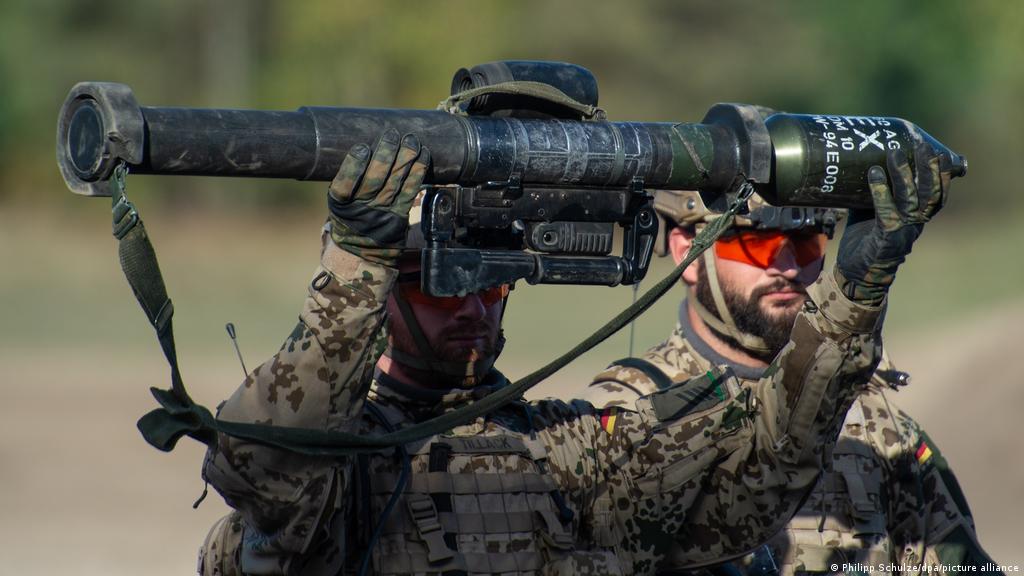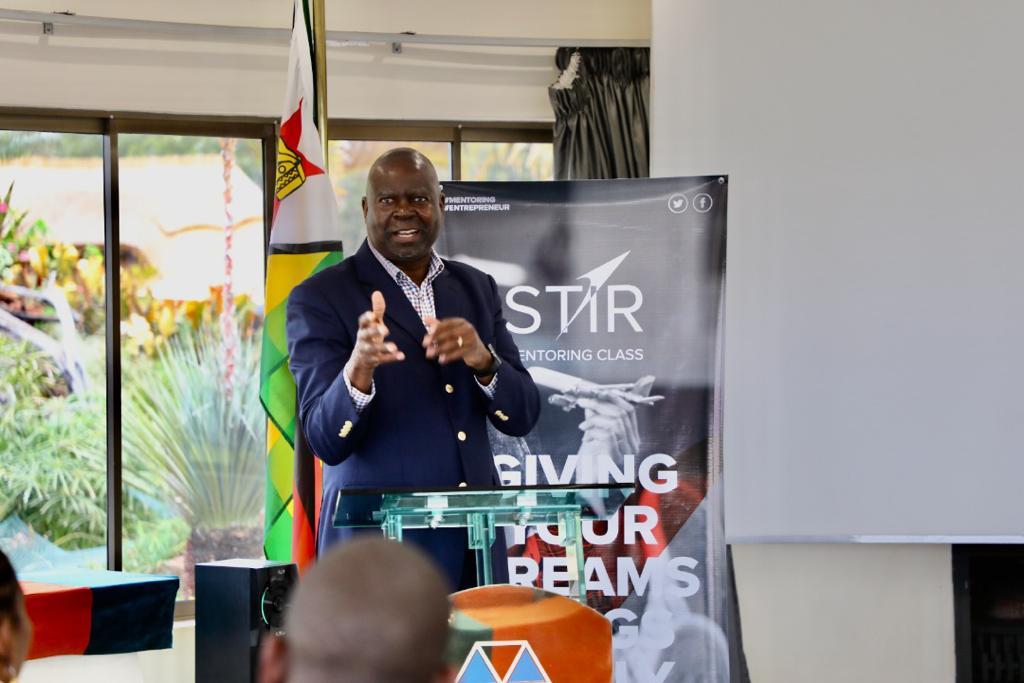
Craige E Turner
VISITORS to southern Africa and in particular Zimbabwe are often concerned as regards the standards of health care and emergency services available to assist them in the event they are taken seriously ill or injured while working or on holiday in the region.
Zimbabwe, despite several difficult years in so far as the economic downturn is concerned, is fortunate to have one of the most efficient, best developed private emergency medical service systems on the continent outside South Africa.
This availability of air and road evacuation capabilities has for many years provided peace of mind to tourists and professionals visiting or working in Zimbabwe.
However even the best systems worldwide have limitations and it is important to be aware of these when visiting or travelling in the region.Private Emergency Medical Services (EMS) in Zimbabwe is provided primarily by two services, Emergency Medical Rescue Ambulance Services (Emras) a part of the Premier Service Medical Investments health care group and Medical Air Rescue Service (Mars). Both have been in existence for many years and therefore have a wealth of knowledge and experience in the area of aero-medical evacuation in Zimbabwe and the region.
While both are headquartered in Harare, they run bases in all major centres of Zimbabwe: specifically Bulawayo Zimbabwe’s second largest city, Gweru, Mutare, Kwekwe , Masvingo and in the case of Mars, Victoria Falls. Services provided are very similar in that both services have ground ambulances available to respond in urban centres and both conduct long range road ambulance transfers.
- Chamisa under fire over US$120K donation
- Mavhunga puts DeMbare into Chibuku quarterfinals
- Pension funds bet on Cabora Bassa oilfields
- Councils defy govt fire tender directive
Keep Reading
Ambulances are fully equipped with oxygen airway management equipment, IV fluids, emergency drugs, full spinal immobilisation equipment, splints, patient monitors, defibrillators and, where needed, transport ventilators: thereby providing advanced life support care when necessary.
Staffing again is similar in that both services employ registered ambulance technicians, emergency medical technicians, registered general nurses, many of whom have Advanced Cardiac Life Support and they have doctors on call to effect air evacuations or assist on long range calls.
Both Emras and Mars have a fixed wing aeromedical capability with aircraft and pilots on standby to effect evacuations. A range of aircraft are available with Emras currently utilising a King Air 90 while it has access to a Cessna 402 Navajos and Cessna Caravan all ideally suited to accessing short bush strips. Mars likewise has aircraft on standby.
Aircraft are configured as air ambulances and provide high levels of care. The normal crew comprises a doctor and flight nurse both ACLS or ICU trained. Aircraft are based in Harare but most destinations in the country can be accessed within 45 minutes to an hour of takeoff.
To access either of these services it is vital for visitors to have a good international health assistance scheme which includes evacuation cover and hospitalisation in emergencies.
Normally, private services will need this information and are usually required, in terms of the policies to seek authorisation from the insurer prior to effecting an evacuation.
This can create a delay.
It is therefore advisable, particularily if visiting more remote areas, to carry a well-stocked first-aid kit.
Other factors which may delay air evacuation are time of day and weather. During the rainy season some smaller dirt strips may be inaccessible. Also pilots may be reluctant to fly into strips at night if they are unfamiliar with the strip and it is not adequately lit.
Immediate and effective first-aid is therefore vital. Where possible it is advisable to transport a casualty, depending on injuries, to the nearest medical facility. Even a rural hospital or health centre, while basic, may be able to provide assistance while awaiting evacuation. Movement of suspected spinal injury patients, however, is not advisable without adequate immobilisation.
In an emergency, be guided by teams coordinating the evacuation. They will do all they can to assist and advise you and they know local conditions, constraints and facilities better than you.
Remember they’re there to assist you but they themselves may be facing challenges if weather conditions, for example, preclude air evacuation. Assist them by providing as much information regarding the nature of injury or illness to enable them to make informed decisions regarding evacuation and further management.
Most casualties will be initially evacuated to Harare. There are several reasonably good private hospitals in the capital but good international insurance is vital to gain admission. If the patient’s state is such that further intervention, not available locally, is needed Johannesburg, South Africa, is only an hour and half away by air and both Emras and Mars will coordinate and effect these transfers where necessary.
While parts of Africa can be remote and potentially dangerous if acute illness or injury occurs with infrastructure available in Zimbabwe in terms of private EMS response a lot can done to mitigate against such dangers. Limitations however do exist and prior planning and preparations on the part of visitors is therefore essential if tragedies are to be avoided.
lCraige E Turner is divisional head of PSMI EMRAS. He is a registered general nurse with a Diploma in Health Teaching and a traumatologist. He has over 30 years’ experience in pre-hospital care in Zimbabwe and the region.











